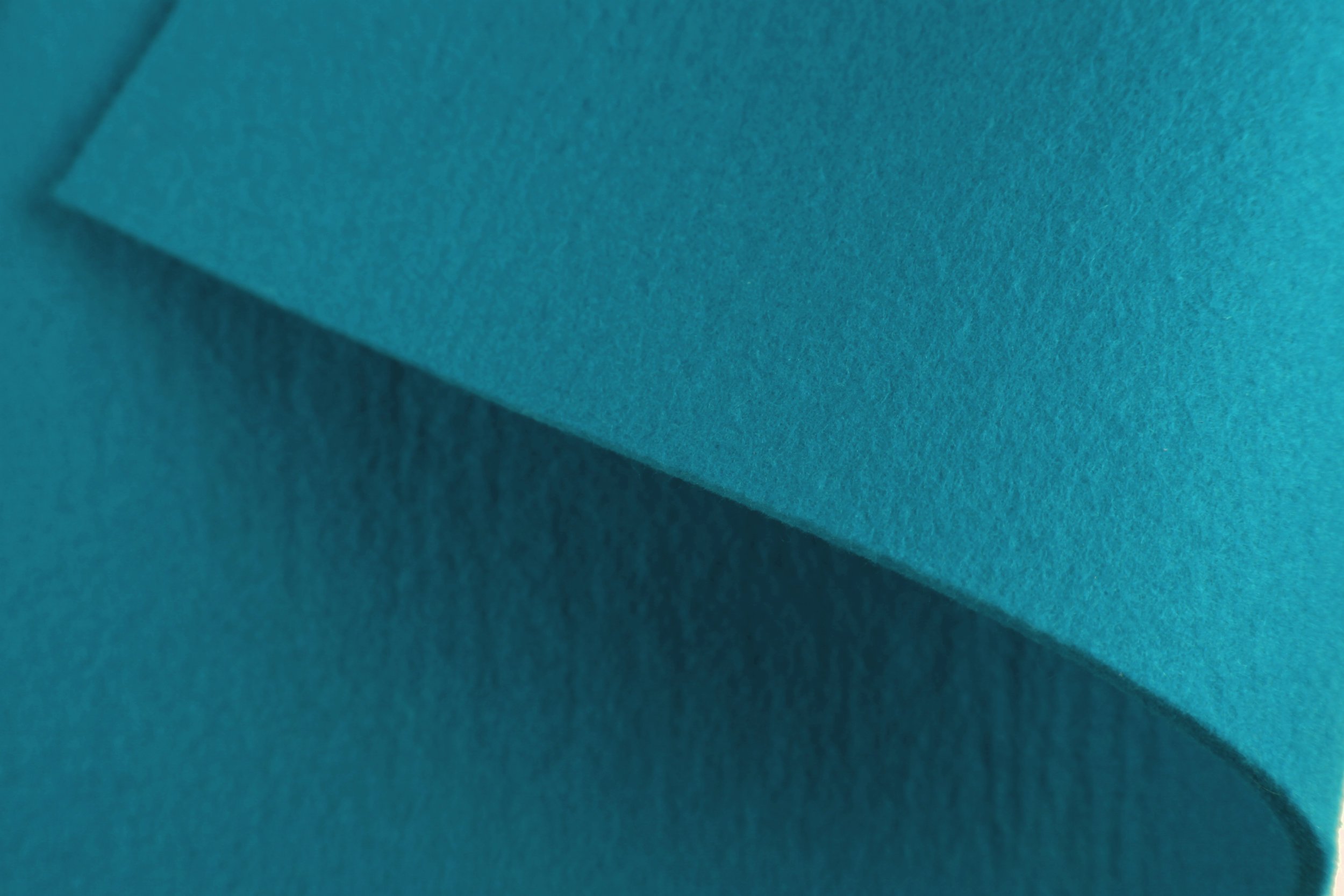The Challenges of Designing for Sustainability
The world has 6.9 billion tonnes of plastic waste. This can spur a sense of helplessness. But for some, it issues a challenge to design better . Dan Gillingham is an industrial designer undertaking an ambitious sustainable design project to create a light-fitting from sheep wool.
In Mount Maunganui, at a desk surrounded by wool cuttings, paper mock-ups and post-it notes, Dan Gillingham tinkers away with a felt and card-board prototype. He works in a small town, in a small office, and outside of that office no one really knows who he is or what he’s doing.
To the casual observer, it wouldn’t look like he’s doing much; designing a light fitting sounds pretty standard…
But Dan’s working on something not many are… he’s trying to save the world.
Now maybe that is an exaggeration, but maybe it’s not.
Dan’s working on a project called ‘Freshlight’- a project that has a goal of creating a light fitting that is as sustainable as it possibly can be. The material he’s using in pursuit of this goal is sheep wool.
You may say, how can wool lights save the world? But it’s all about shifting how we design things- because our current strategy is destroying our planet. If people like Dan don’t decide to try redesign our everyday items, the problem isn’t going to get much better. Think about all the glass, metal and plastic that goes into conventional light fittings, and then into land-fill when they’re disposed of. In contrast, Dan’s trying to replace conventional materials with wool, a natural material thats 100% biodegradable. It's an amazing material. Wool has evolved over millions of years and offers performance benefits like air purification, it acts as a flame retardant and it's rapidly renewable.
So how did Dan end up here?
Dan first and foremost started off as an industrial and furniture designer. He had a few jobs, for example, designing street furniture and cinema seating. He then moved on to work for Design Mobel, a furniture company known for its award-winning designs and strong sustainability ethos. In recognition of its sustainable initiatives such as heli-harvesting and plant-a-tree programs, Design Mobel was awarded New Zealand's most sustainable company in 2007. This was at a time when sustainability was something people were still getting a grasp of. What struck Dan was that this was a company that had already been practising good sustainable initiatives for 20 years; sustainability was at its roots.
Dan works with a mindset that the world doesn't need more stuff and that a designers role in sustainability should be to strive to offer better product alternatives. Unfortunately, this is a mindset not many have. In recent years, we have seen an influx in short-life span furniture.
Think of 30 years ago. Furniture was expensive. You invest in a solid wood sideboard, and you plan on having it for at least 15 years. After that 15 years, it gets passed down to a friend or an op shop. It was built to last and maintain its value. And people respected that.
Now think of a typical large furniture retail chain. You can buy a sideboard for $39.00. It sits on the shelf in a scuffed generic factory box that has rips in the corners. You have to dig through and inspect inside boxes before you find a flat-pack that isn’t already faulty. Good luck finding one without a chip, scratch or defect. These furniture pieces are designed to be fashionable for 2-3 years max. They're typically used for that long before they become damaged, and end up as a pile of stuff dumped outside homes destined for landfill. Not only is it made badly, it is also irreparable. It gets replaced, not repaired.
Furniture items have been transformed from built to last investments, to disposable. Buy and dump.
What consumers aren’t paying for in their cheap furniture, is paid for by barely paid workers, depleting natural resources and tonnes of landfill.
Of course, we as consumers have a great deal of responsibility in this, but so do designers have the responsibility to push themselves to do better.
Designing sustainable furniture isn’t that bigger ask, it just takes a mission and a drive to overcome obstacles.
When I caught up with Dan and the Freshlight team they were engaging in a lot of serious, chin-rubbing conversations. Wool was posing challenges that wouldn't have existed had they decided to run with less environmentally desirable material options.
Is there temptation to introduce an element of non-wool?
Dan’s answer was “Designing for sustainability is about incremental improvement. There's no perfect solution, but the realisation that wool can offer us a better material alternative is one of those steps that can help us move us towards a more sustainable future".
So the final product? I’m afraid there isn’t an answer yet, this project is still in the thick of the design process.
But I’m sure that very soon it will be knocking at the door of the lighting and furniture industry, asking important questions about conventionally used materials.
NaturesClip- the innovative 100% wool material used as the core material for the light.




